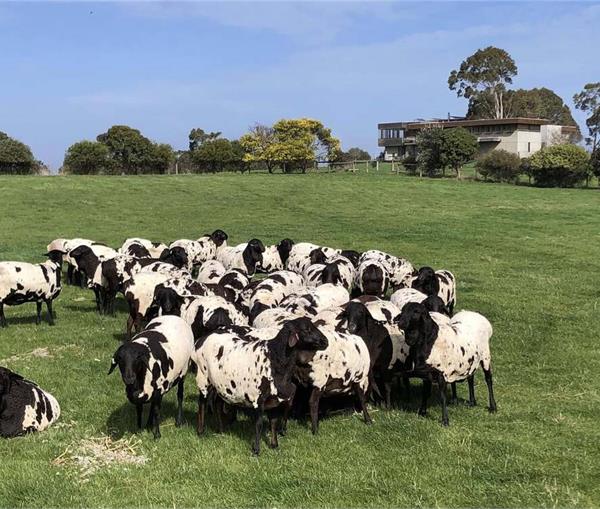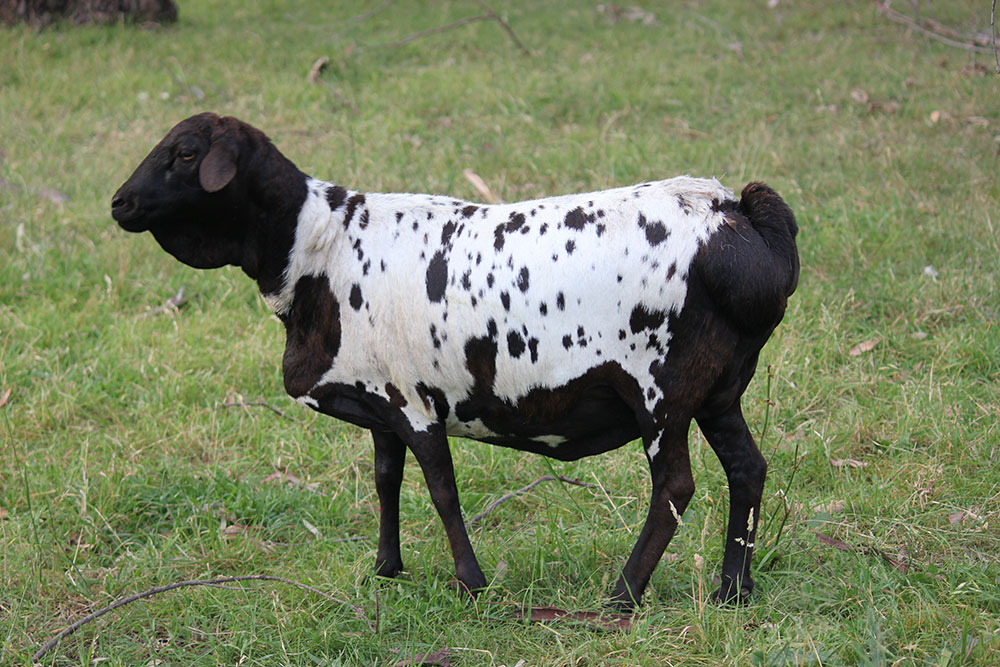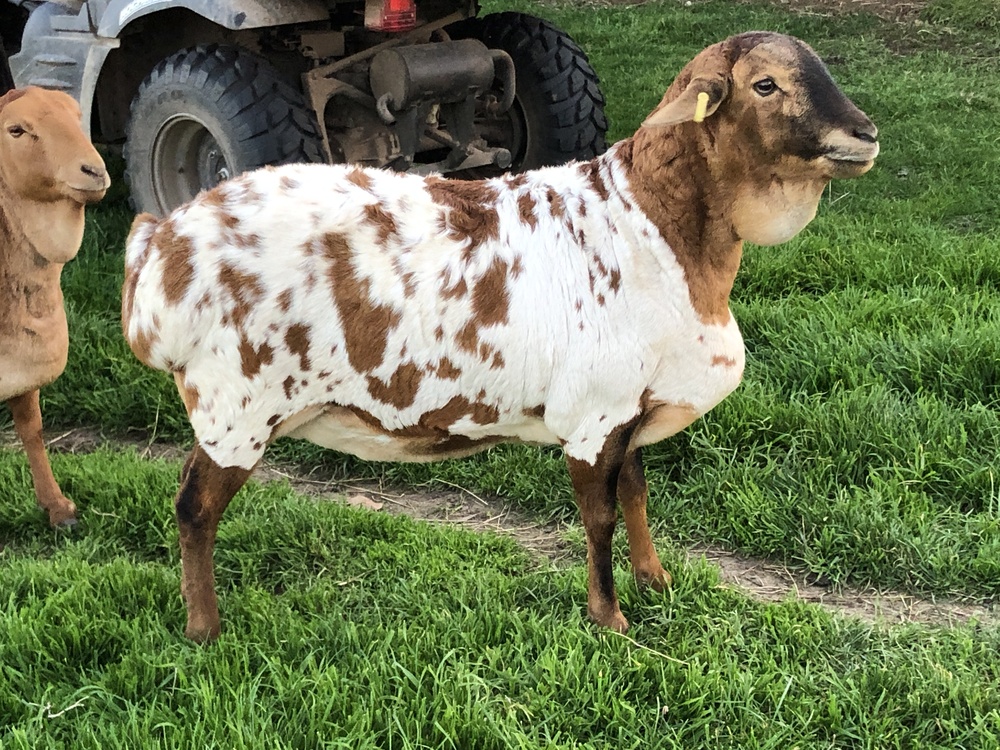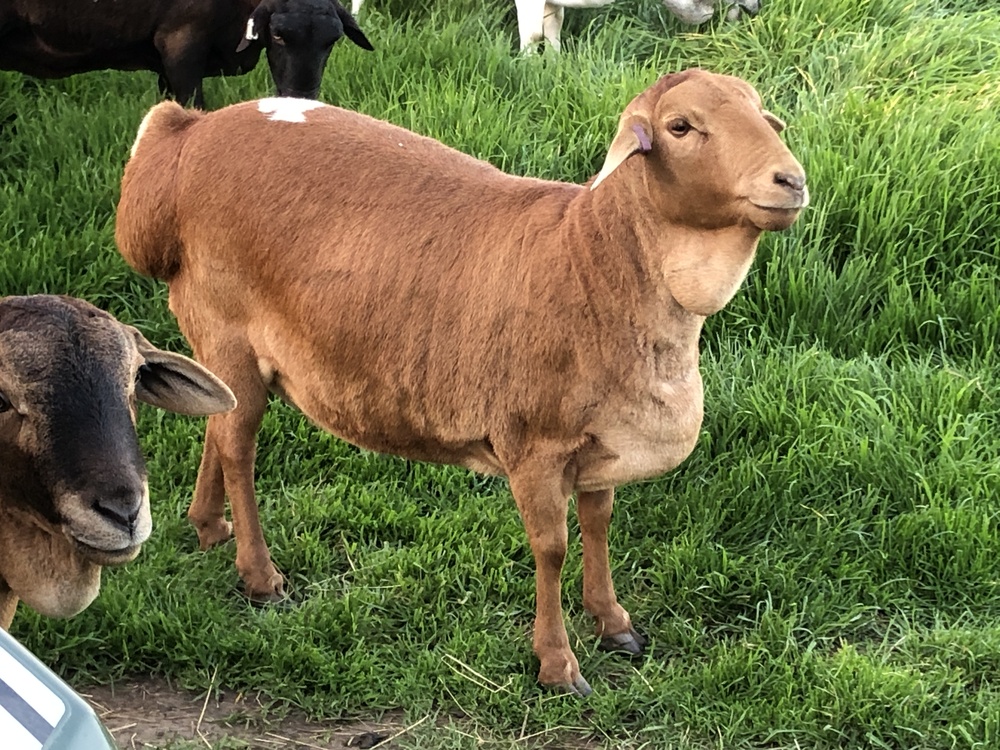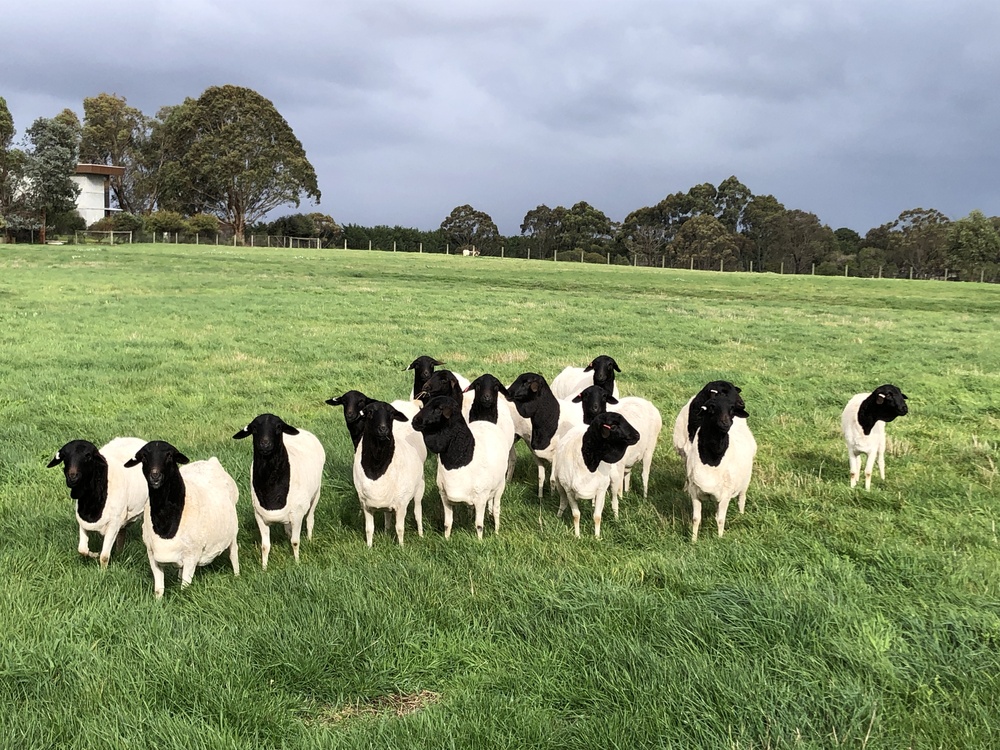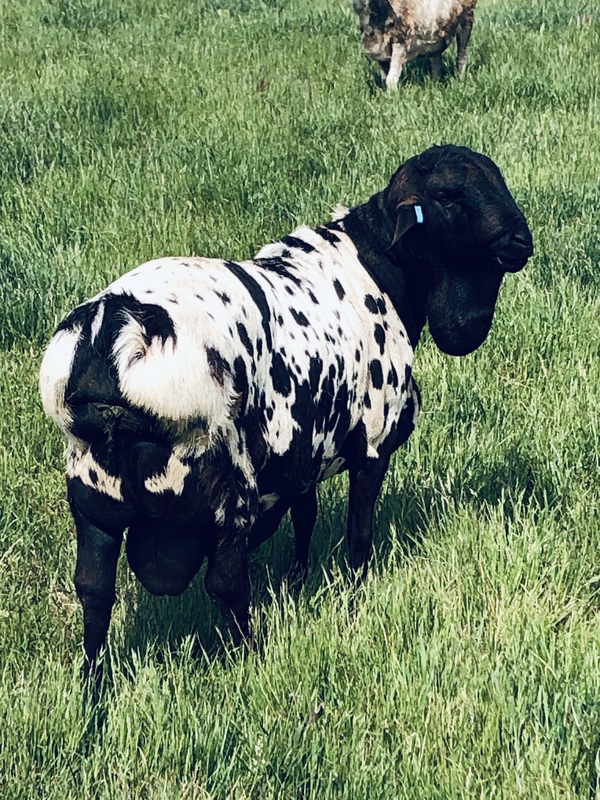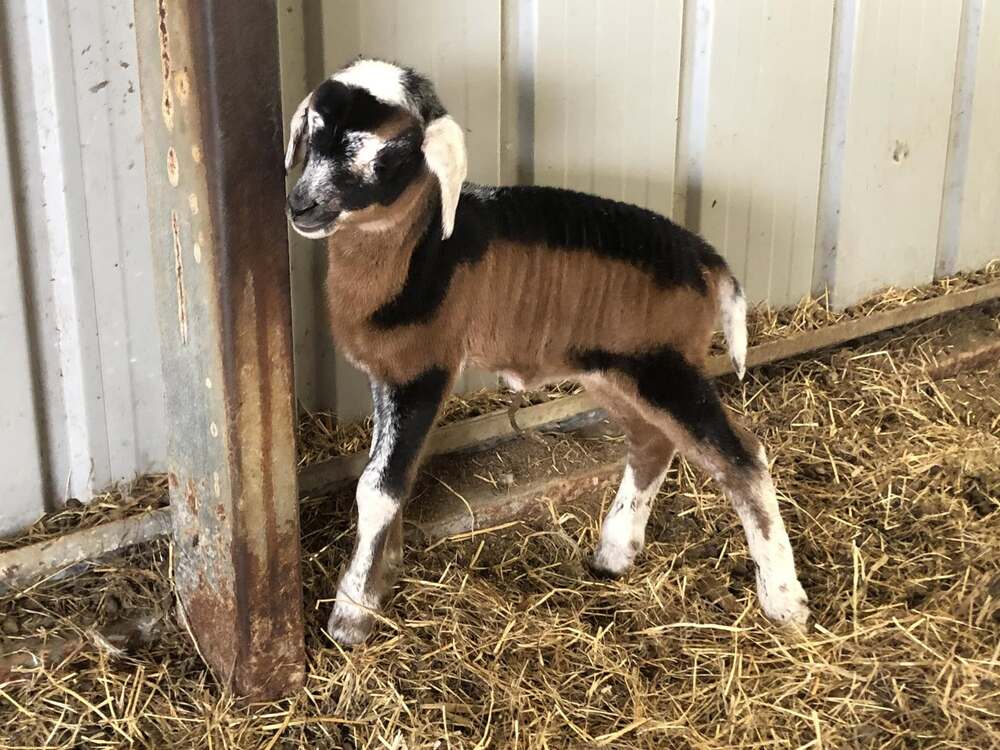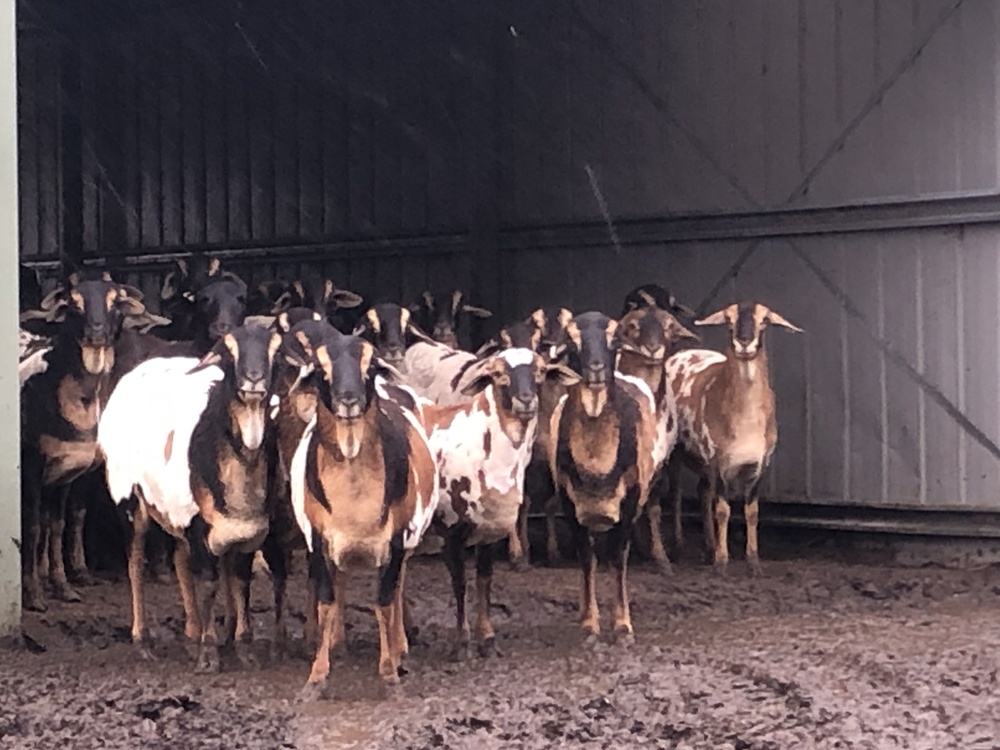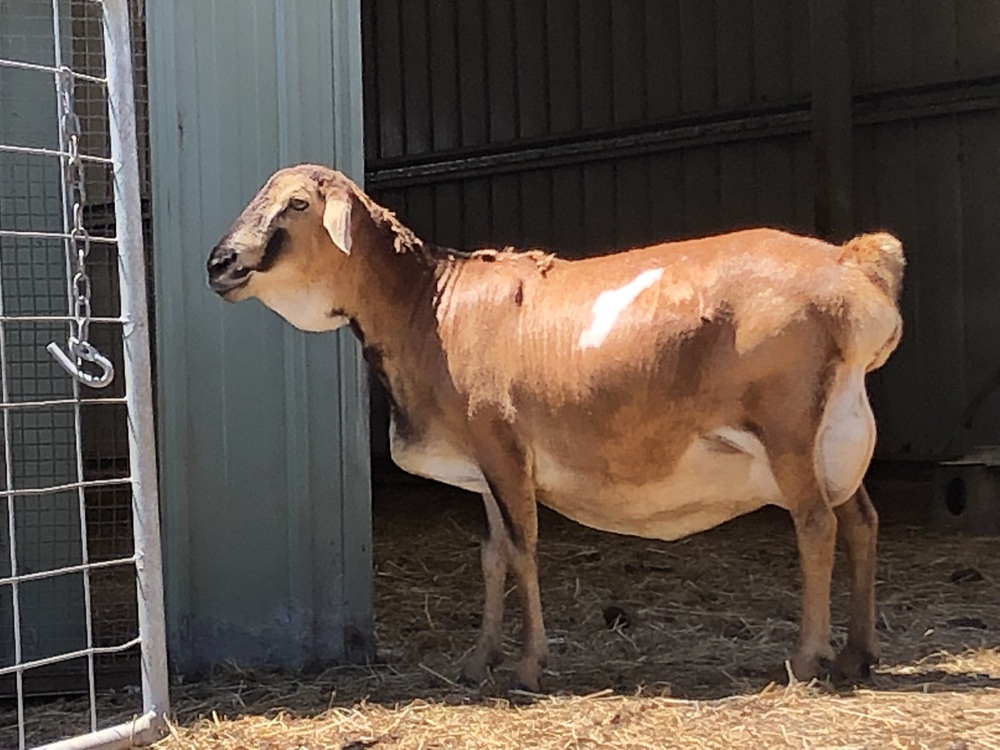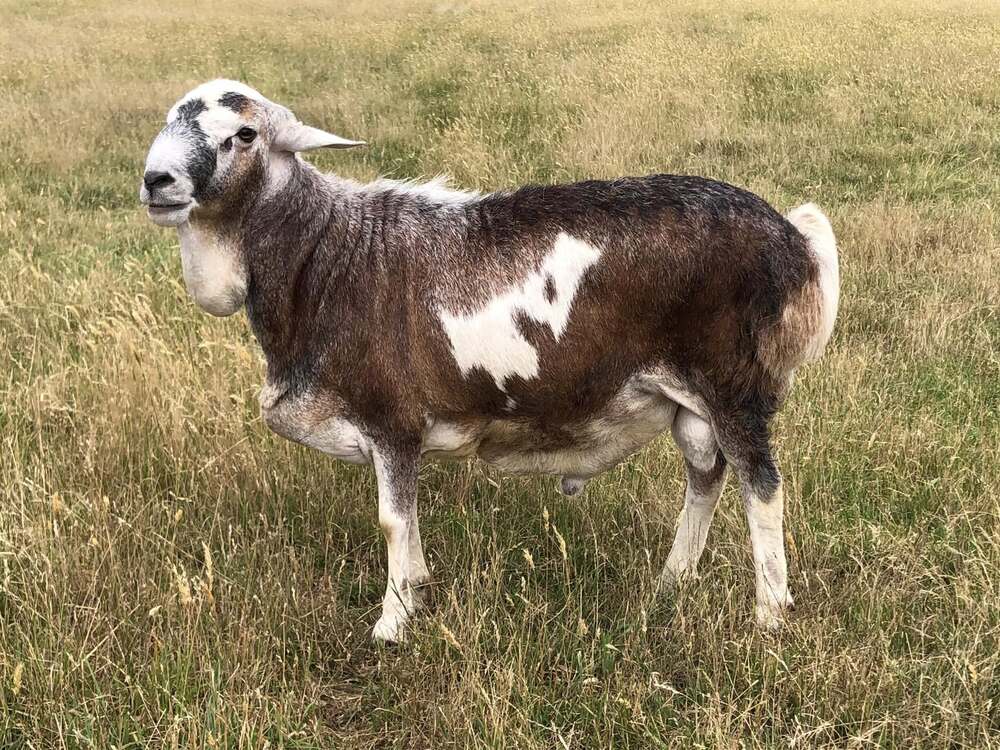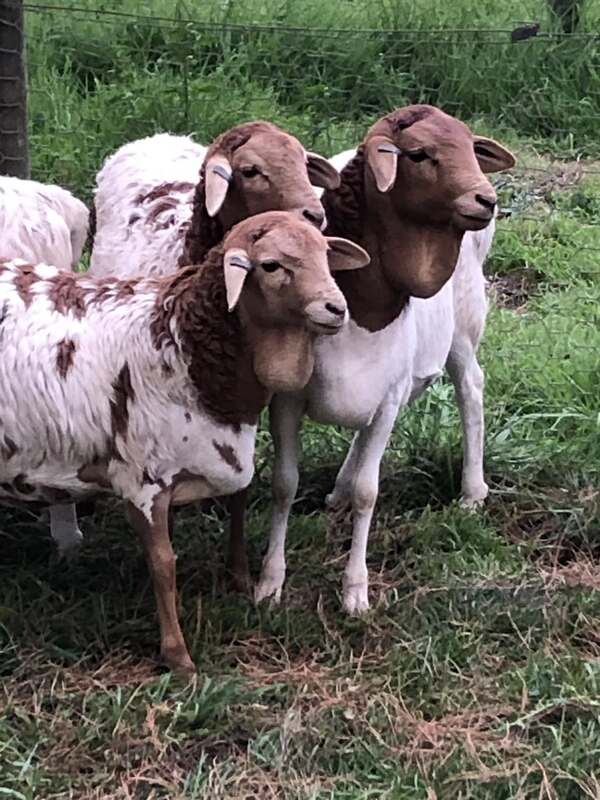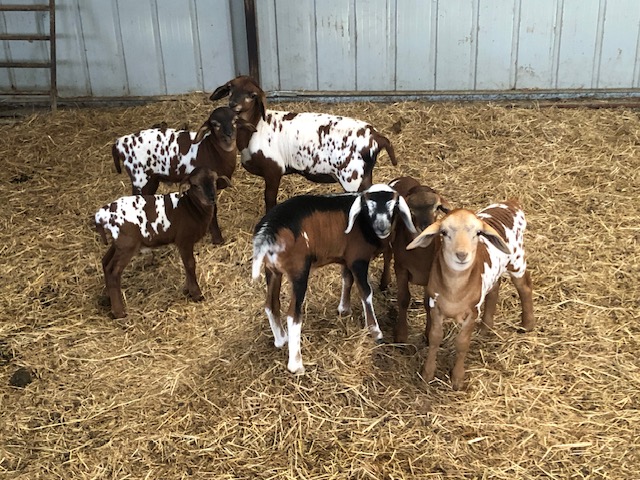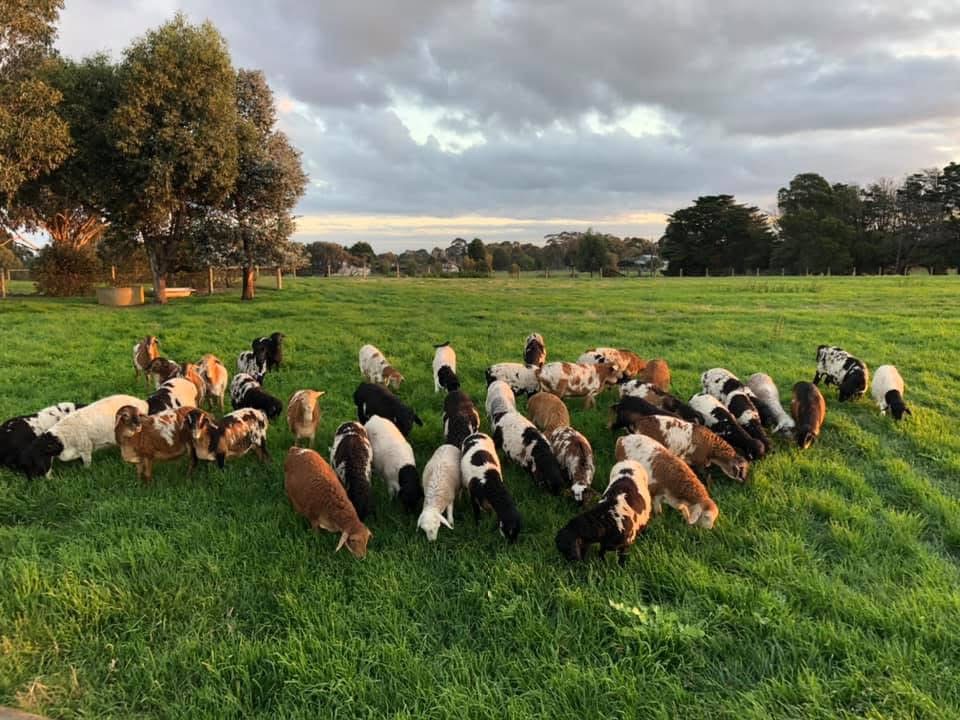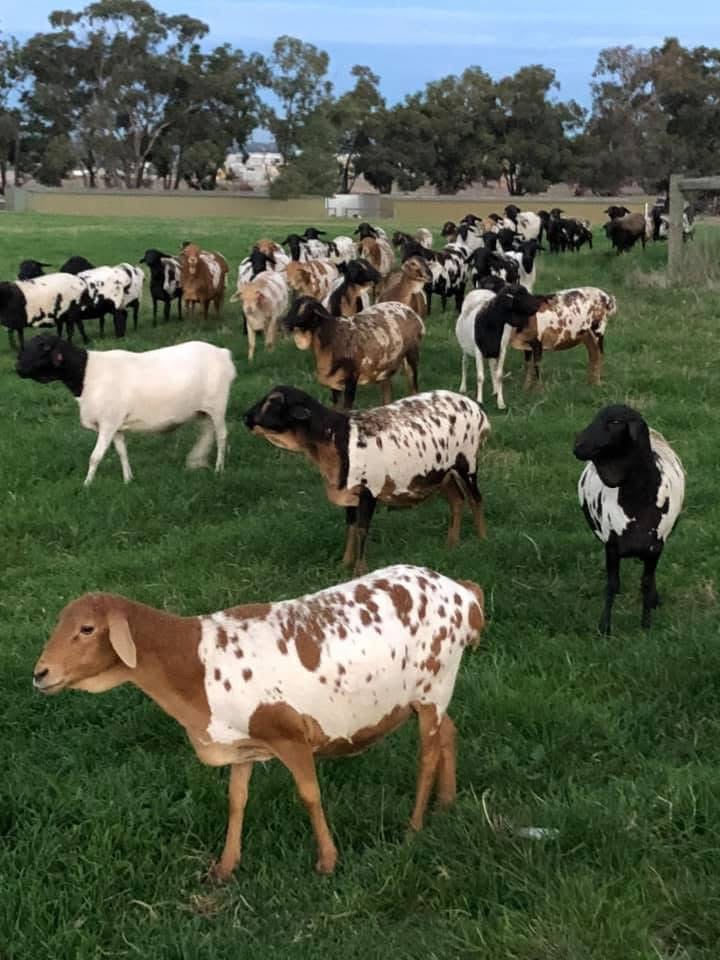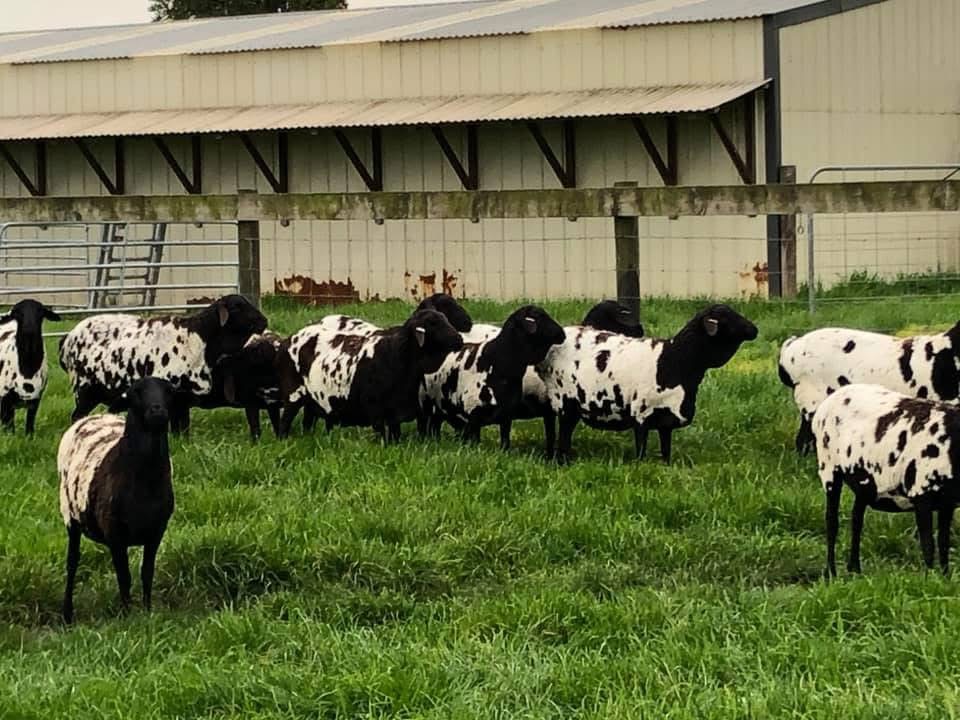- Home
- About Us
About Us
Coolibah Persian Sheep Stud
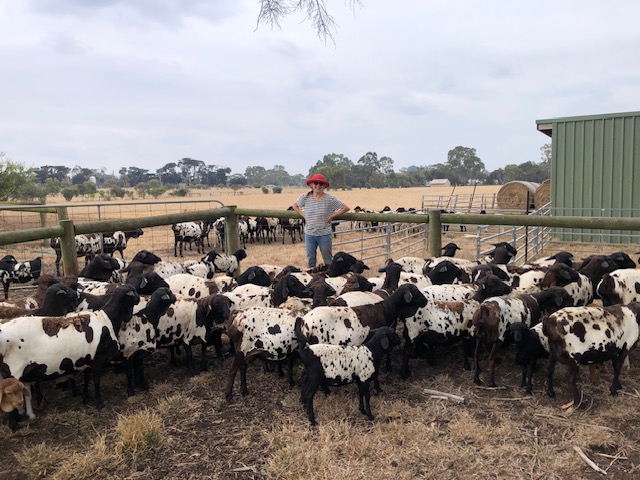
Coolibah Persian Sheep Stud is located at Pearcedale on Victoria’s beautiful Mornington Peninsula about an hour’s drive from Melbourne. It is operated by Dr Colin Walker and Dr Meredith Dobbie (Walker). Colin is president of the Australian Persian Sheep Association (www.
So, if you are thinking about getting some Persians, simply have some questions or would like to visit us and see some Persians, please feel free to contact us. Our number is 0412481239 and our email is info@persiansheep.com. We usually have selected sheep available but if not will be happy to direct you to your nearest accredited breeder.
ASSBA endorsed Persian Studs
Currently ( 1st May 2025 ) 17 breeders in Australia have achieved stud status with the national regulatory authority, The Australian Stud Sheep Breeders Association (ASSBA).They are listed below. It is strongly recommended that those wishing to buy Persian sheep contact an ASSBA approved registered stud. The contact details of each stud can be easily found on the ASSBA website by clicking on the picture of the Persian on the homepage.
Breed Contact:
The Australian Persian Sheep Association
President: Dr Colin Walker, Coolibah Persian Sheep Stud
Address: 170 Coolibah Road, Pearcedale Vic 3912
Phone: 0412 481 239
Websites: https://www.australianpersiansheepassociation.com https://www.persiansheep.com
|
INITIALS |
SURNAME |
BREEDS |
TOWN |
STATE |
POSTCODE |
|
|
M |
Andrew |
Persian |
Kardella South |
Vic |
3950 |
|
|
HR |
Baron |
Persian |
Skye |
Vic |
3977 |
|
|
PJ & MJ |
Bayard |
Persian |
Nar Nar Goon North |
Vic |
3812 |
|
|
S |
Beagley |
Persian |
Flinders |
Vic |
3121 |
|
|
P |
Bell & S Hassan |
Persian |
Sailors Falls |
Vic |
3461 |
|
|
|
Coolibah Persian Sheep Stud |
Persian |
Pearcedale |
Vic |
3912 |
|
|
John |
Dell |
Persian |
Karoo |
Other(see below) |
N/A |
|
|
T |
Dunn |
Persian |
Palmer |
SA |
5237 |
|
|
C |
Gale & J Jenkins |
Persian |
Rosa Brook |
WA |
6285 |
|
|
G & C |
Gittleson |
Persian |
Keysborough |
Vic |
3173 |
|
|
S |
Joyce |
Persian |
Kilkivan |
Qld |
4600 |
|
|
J |
MacCulloch & P Gant |
Persian |
Cootamundra |
NSW |
2590 |
|
|
Olivia |
Meredith |
Persian |
Wahroonga |
NSW |
2076 |
|
|
S |
Nagle & M Grant |
Persian |
Darlington |
Vic |
3271 |
|
|
L & S |
Price |
Persian, Wiltipoll |
Mount Compass |
SA |
5210 |
|
|
J & L |
Shore |
Persian |
Cranbourne South |
Vic |
3977 |
|
|
K |
Sokolinski |
Persian |
Tubbul |
NSW |
2594 |
Persian Sheep
ASSBA Breed Summary and Purpose
Persians are small to medium sized self- shedding sheep from sub Saharan Africa. They have been selected to do well in hot, dry, arid environments and have a number of genetic based physical characteristics not found in any other breed that assist them to do this. In addition they are prepared to walk and forage to find food and are able to maintain condition on mixed herbage much of which would be unpalatable to other breeds. Crossing with European breeds in particular the Dorset Horn ( to produce the Dorper ) and Romney produces sheep that not only develop exceptional amounts of muscle often on quite poor quality food but are also more heat tolerant. Due to the ability to produce robust heat tolerant individuals when crossed with European breeds, Persians, can to some extent, be regarded as the ovine equivalent of Zebu cattle and indeed share many of their adaptations to heat, namely loose pendulous skin folds ,large pendulous ears, localized accumulations of subcutaneous fat, and an increased ability to sweat. They do not require shearing, have a small tail that does not require docking and are virtually totally resistant to fly strike.
Two varieties are recognized, differentiated only by the pattern of colour:
- Kleur Kop (or coloured head) - a white animal with a coloured head, the colour extending approximately half way down the neck , white extending up the neck or onto the head is a severe fault as is color anywhere else on the body apart from the head and neck.
-
Skilder (or speckled, painted or harlequin) - these animals have a colored head, legs and tail with a white body exhibiting a variable amount of colored flecks or spots. The body should display easily recognizable patches on either sides of the body. In the ideal animal about half the white to be replaced by colored evenly spaced spots of approximately 2 -3 cm diameter.
In Australia, in both the Kleur Kop and Skilder varieties the following colors are accepted :- red, black, tricolor, black and tan, sable, blue (dilute black) , roan (dilute red), blue and roan (dilute tricolor) and self (solid black and red).
The defining and unique features of the breed are a large and prominent dewlap, a prominent manubrium and the tail set with its mirror and sambokkie. The variety of colours are also a feature of the breed. It is important however that Australian breeders are not distracted by color. Of the 3 important features that form the basis of selection, namely conformation and structural soundness, markings ( ie the pattern or distribution of color on the sheep) and color, color is the least important.
If you are after a small, pretty, placid, shedding sheep that does not require shearing or tail docking and is resistant to fly strike or perhaps a terminal sire to introduce some toughness and foraging ability in an arid location perhaps consider a Persian.
Persians also make ideal pets.
